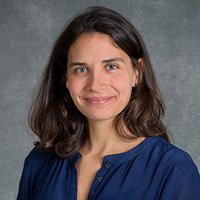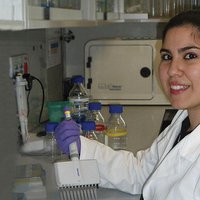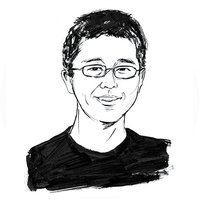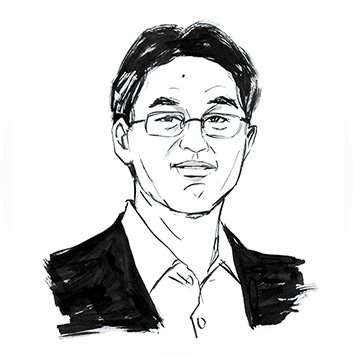Biotechnology & medicine
Liangfang Zhang
A nanoengineering scheme to make drugs more effective by fooling the immune system.
Portrait by Brett Affrunti

Europe
Rebecca Abergel
A pill to decontaminate people after a radiation exposure

Latin America
Melissa Rodríguez
Wireless monitoring of water pollutants through a biosensor network

Global
Christine Fleming
Images of the beating heart could make it easier to detect and treat heart disease.

Global
Feng Zhang
Genomic research may finally help dispel the ignorance shrouding many types of mental illness.
